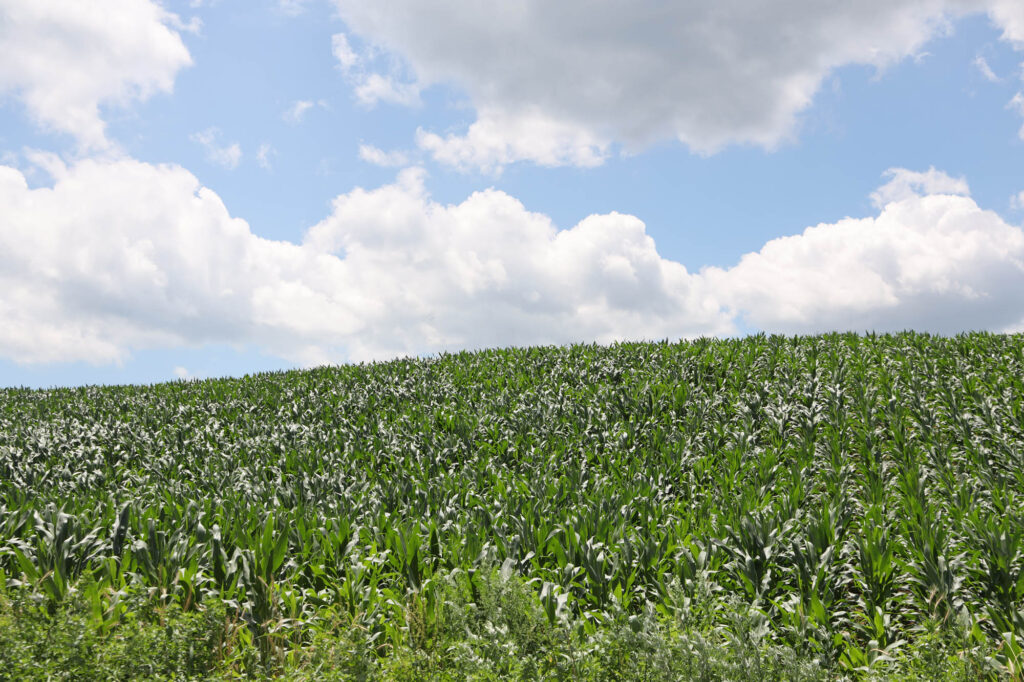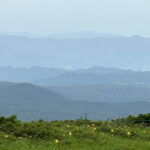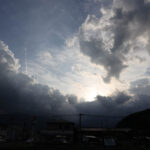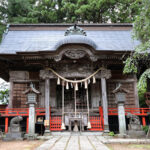
Corn fields at Kitaharao. Photo by Mayu Kanamori
Kitaharao is a dairy farming village, pioneered by people who once lived in what is now the Republic of Palau in the South Pacific; they were resettled here after World War II. Palau had become a Japanese colony in 1920, as part of the South Seas Mandate, which was a League of Nations initiative following World War I granting German colonies in the South Pacific to the Empire of Japan. Kita means north, and harao was chosen by the settlers because its phonetic similarity with Palau.
On its western foothills, where the road to Aoso-san meets Route 457, there are three monuments. One for the spirit of Kitaharao pioneers, another for the spirit of cows, and one commemorating the visit of the then Japanese Emperor Akihito and Empress Michiko in 2015. The Emperor and Empress visited this area to pay their respects to the pioneers.
The poet Izumi Yukihisa (1936-1972), who was from Palau, settled in Kitaharao after the war, working as a farmer as well as helping a kokeshi maker and driving a taxi in town.
The artists recommend a poetry stone monument with one of Izumi’s poems on it be built next to the other monuments.

Three monuments at Kitaharao. Photo by Mayu Kanamori
***
血のにじむ
苦労で開きし
北原尾
- 佐藤京子
Bleeding through and out
Pioneered with hardships
Kitaharao
- Satoh Kyoko
***
Song of Kitaharao
On the slopes of Aoso-san
in a green place where once
an Emperor and his consort came
we remember the Pacific
Island which was our home
We remember the streets of Koror
& the palms of Babeldaob
the katsuo leaping
out beyond the reef
the sound of surf on the sand
Here on Aosa-san
we made another home
in a green valley where steam
rises out of the ground
& ancient people lived
Among bears and wild boars
& vipers women milk
& cows graze in the fields
we have made another home
on the slopes of Aoso-san
- Martin Edmond
北原尾の歌
青麻山の緑の斜面に
かつて天皇と妃が
訪れ、太平洋を忘れない
故郷だった島
コロールの街の想い出と
バベルダオブのヤシの木と
鰹が飛ぶ
リーフの向こうに
砂浜の波の音を聴く
ここ青麻山で
もうひとつの故郷
湯気が立ち上る緑の谷に
古代の人々が暮らした
熊と猪と毒蛇との
乳を酌む女集
牛は野原で草を食む
もうひとつの故郷を
青草山の斜面に創った
- マーティン・エドモンド (訳・マユ)








Recent Comments